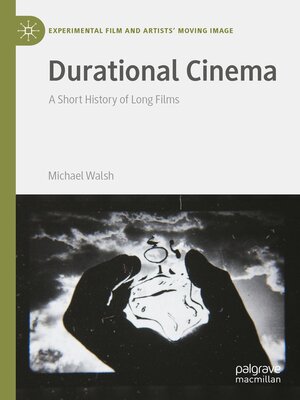Durational Cinema
ebook ∣ A Short History of Long Films · Experimental Film and Artists' Moving Image
By Michael Walsh

Sign up to save your library
With an OverDrive account, you can save your favorite libraries for at-a-glance information about availability. Find out more about OverDrive accounts.
Find this title in Libby, the library reading app by OverDrive.



Search for a digital library with this title
Title found at these libraries:
| Library Name | Distance |
|---|---|
| Loading... |
This book argues for a durational cinema that is distinct from slow cinema, and outlines the history of its three main waves: the New York avant-garde of the 1960s, the European art cinema in the years after 1968, and the international cinema of gallery spaces as well as film festivals since the 1990s. Figures studied include Andy Warhol, Ken Jacobs, Chantal Akerman, Marguerite Duras, Claude Lanzmann, James Benning, Kevin Jerome Everson, Lav Diaz, and Wang Bing.Durational cinema is predominantly minimal, but has from the beginning also included a more encompassing or encyclopedic kind of filmmaking. Durational cinema is characteristically representational, and converges on certain topics (the Holocaust, deindustrialization, the experience of the working class and other marginalized people), but has no one meaning, signifying differently at different moments and in different hands. Warhol's durational cinema of subtraction is quite different from Jacobs's durational cinema of socialdisgust, while Lav Diaz' durational sublime is quite different from Kevin Jerome Everson's unblinking studies of African-American working people.







